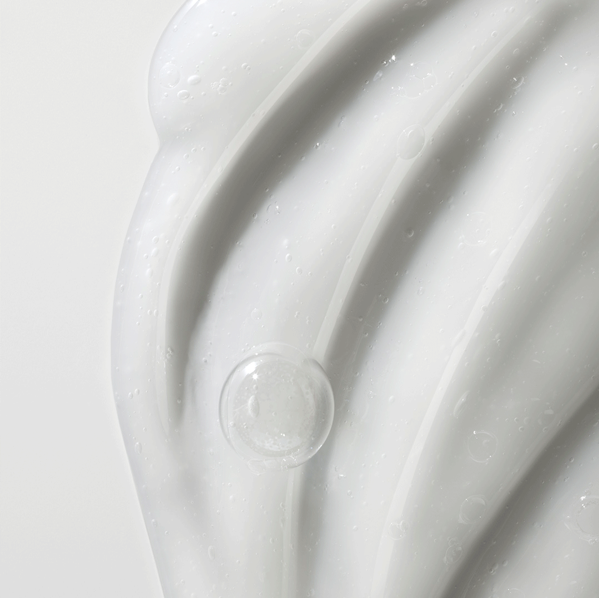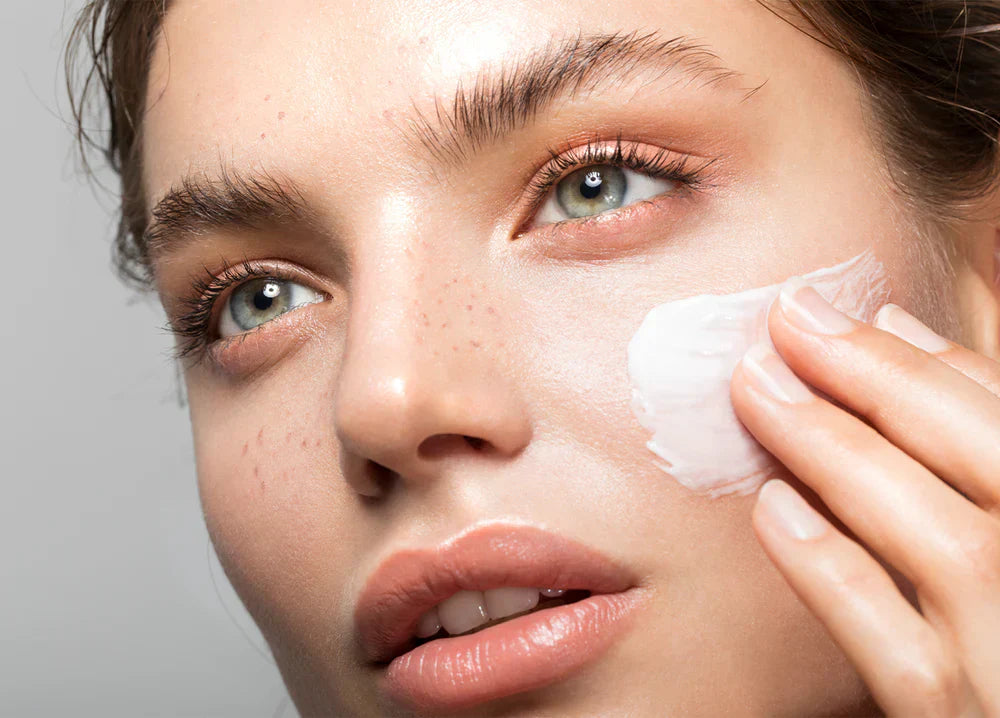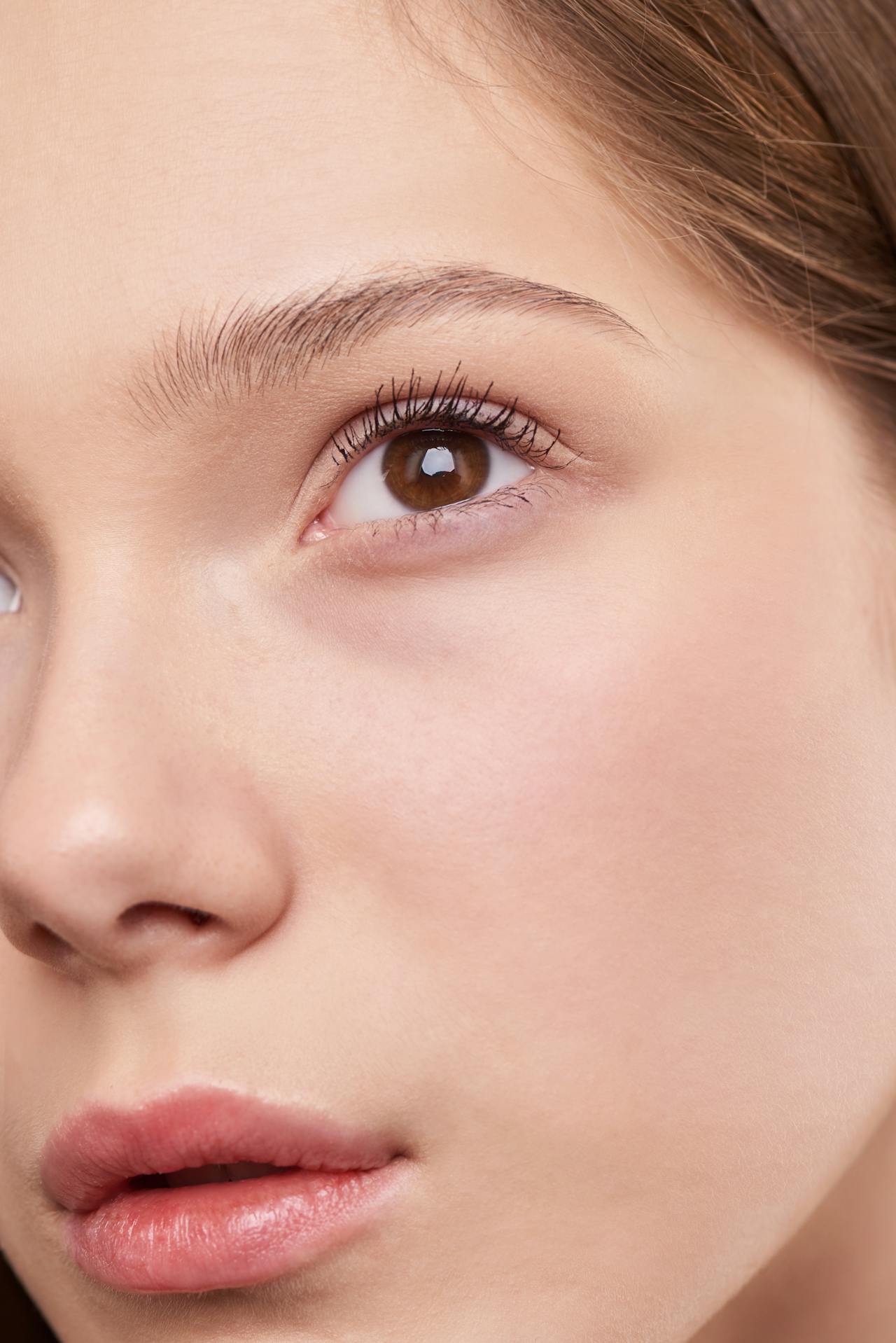We get it. Dealing with acne can be incredibly frustrating. You’ve probably tried countless products and treatments, with limited success. You might be hesitant to try anything new, especially something that sounds like it could make things worse. But what if we told you there’s a skincare ingredient that can actually help soothe and hydrate your acne-prone skin without causing breakouts?
That’s where hyaluronic acid comes in.
What is Hyaluronic Acid?

Hyaluronic acid (HA) is a naturally occurring substance in your body that acts like a super-sponge for your skin. It can hold up to 1,000 times its weight in water, drawing moisture from the environment and locking it into your skin. This intense hydration plumps up your skin, reduces the appearance of fine lines and even helps soothe the irritation and redness that often accompany acne.
Does Hyaluronic Acid Help Acne?
You might be thinking “Wait, won't adding moisture make my acne worse?” That’s a common misconception. In fact, it’s been a staple ingredient in skincare for years and is often recommended for individuals with acne. So why the confusion? Well, sometimes a product with HA might cause a breakout, but the culprit is usually another ingredient hiding in the formula. It’s like blaming the avocado in your salad when it was actually the sneaky onions that upset your stomach.
This is why it’s so important to think of your acne treatment holistically. Yes, of course we all look at individual ingredients in our skincare products – and that’s a good thing. But we also need to think about lifestyle factors like diet and stress, and seeking advice from dermatologists or skincare professionals.
The Acne-Hydration Connection
Hyaluronic acid can be a valuable ally for acne-prone skin, not as a direct treatment, but as a supportive element in an overall skincare routine. This is because dehydrated skin can actually trigger more oil production, potentially leading to more breakouts. Skin dehydration from the use of a prescription retinoid like tretinoin can be prevented or at least improved with the use of HA serums.
Here’s the thing: acne is a complex condition, often caused by a combination of factors like excess oil, clogged pores, bacteria and inflammation. While hyaluronic acid doesn’t directly fight those culprits, it can play a crucial supporting role in your acne journey by:
- Keeping your skin balanced: hydrated skin is happy skin. HA helps maintain optimal moisture levels, preventing dryness and irritation, especially when using acne treatments that can be harsh on the skin.
- Soothing inflammation: acne often comes with redness and inflammation. HA has soothing properties that can help calm your skin and reduce those pesky red spots.
- Strengthening your skin’s defenses: a healthy skin barrier is your first line of defense against acne-causing bacteria. HA helps support a strong barrier, making it harder for bacteria to penetrate and cause breakouts.
Hyaluronic acid is even thought to help control sebum, the skin’s natural oil, according to a 2017 study. By keeping sebum in check, HA may contribute to preventing acne.
What about scarring?
While topical hyaluronic acid can’t eliminate acne scars on its own, it can play a supporting role in improving their appearance, especially when combined with other treatments. One study found that using hyaluronic acid injections, which are commonly used to treat atrophic acne scars, can be effective.
These scars appear as depressed areas on the skin. The injections work by filling the scar tissue with hyaluronic acid, instantly smoothing and evening out the skin’s surface. However, the effects are temporary, and repeat injections are needed every six to 18 months to maintain the results.
Skin Purging and Hyaluronic Acid
Skin purging refers to a temporary increase in breakouts that can happen when you start using a new skincare product that increases skin cell turnover. This can lead to a faster shedding of dead skin cells, which might initially cause more pimples to surface.
It’s important to distinguish between a breakout due to a reaction to a product and skin purging.
A reaction-related breakout will typically last longer than a purge, taking up to 10 days to clear up. Additionally, you’ll likely see pimples appear in areas where you don’t usually experience them. Purging, however, tends to occur in the areas where you typically get breakouts.
Hyaluronic acid itself is not known to cause skin purging. Its primary function is to hydrate the skin, not to exfoliate or increase cell turnover. Purging is more commonly associated with ingredients like retinoids or AHAs, which directly target cell turnover.
However, if you’re using an HA product that also contains other active ingredients, those ingredients could potentially trigger a purge. For example, some serums or moisturisers with hyaluronic acid might include retinol or AHAs.
How to Use Hyaluronic Acid for Acne-Prone Skin
Ready to add this hydration hero to your routine? Here’s how:
1. Choose The Right Formula
Opt for oil-free, fragrance-free hyaluronic acid serums specifically formulated for sensitive skin. We love La Roche-Posay Hyalu B5 Hyaluronic Acid Serum: as well as HA, it contains vitamin B5, which can help soothe and hydrate the skin. Revision’s Hydrating Serum is another option.

Next up, choose light moisturizers labelled as non-comedogenic, meaning they won’t clog your pores. Carefully check the ingredient lists to avoid common clogging ingredients like heavy oils and butters. La Roche-Posay Toleriane Double Repair Matte Moisturizer is a great lightweight moisturiser suitable for oily skin and combination skin that minimizes pores.
2. Patch Test
Before applying any new product to your entire face, do a patch test on a small area to check for any adverse reactions.
3. Layer It Like A Pro
Integrate into your existing routine: hyaluronic acid can be used alongside your prescribed acne treatment. Typically, serums are applied after cleansing and toning, followed by any acne medication and then moisturizer if needed.

Under Skin Perfect Gentle Cleanser is a good option for the first step in your skincare routine, cleansing and soothing dry, damaged and acne-prone skin.
4. Be Patient And Consistent
While hyaluronic acid can be a valuable addition to your skincare routine, it’s not a miracle cure for acne. Be patient and consistent with your skincare regimen, and remember that achieving clear skin often requires a multi-pronged approach. Results may not be immediate, and it’s important to give your skin time to adjust.
The Bottom Line
So, does hyaluronic acid help with acne? While it’s not a magic bullet, it can be a valuable part of your acne-fighting strategy. It improves your skin’s hydration, soothes irritation and supports a healthy skin barrier. Remember, achieving clear skin is a journey that requires patience and a holistic approach.
Ready to experience the Lighthouse difference?
Explore our range of hyaluronic acid-based products and book a consultation with one of our expert skincare consultants for personalized advice on managing your acne. We’re here to help you achieve the healthy, radiant skin you deserve.
Ready to take control of your acne and discover a path to clearer skin?
Reviewed by Dr. Mary Lupo, MD






